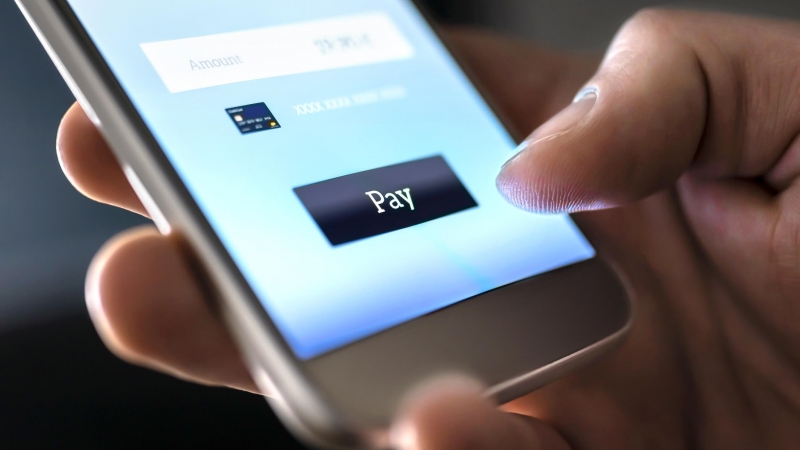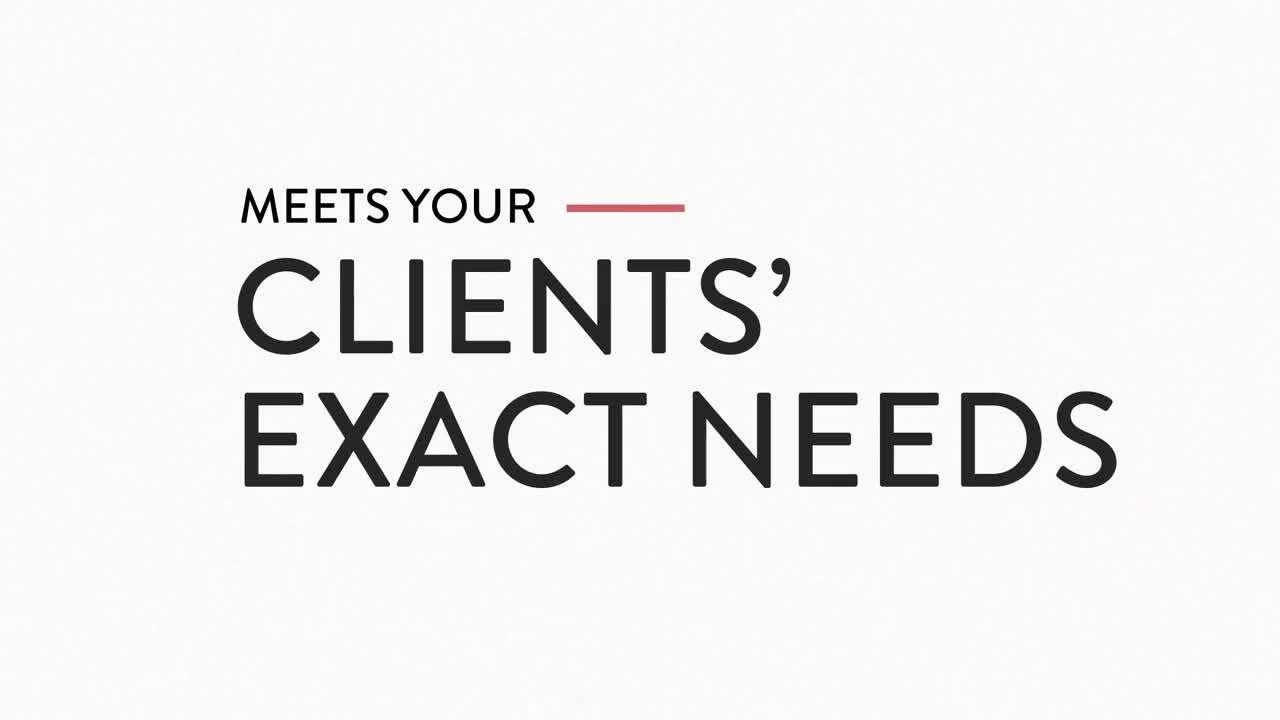During a time when working from home, grocery shopping online, and visiting the doctor through an iPad are commonplace, technology and digital solutions have stepped up to meet these new needs. In today's day and age, hotels will be working with a different customer – one who has adapted to this digital world, and who will expect digital solutions from suppliers. This means that hotel digital transformation is no longer an option. It’s not a “nice to have” anymore – it’s table stakes for keeping up with the changing times and meeting both planner and guest expectations.
In this blog post, we cover a handful of ways to embrace hotel digital transformation so you can be ready to maximize your group business, accommodate safe meetings and events, and keep your guests satisfied for years to come.
Discover 9 hotel digital transformation ideas and trends you need to know:
1. Rebuild planner relationships by focusing on technology.
The hotel labor shortage has done more than add pressure and workload to existing teams. These issues have also impacted planner relationships. The problem is here and now: the latest Northstar/Cvent Meetings Industry PULSE Report found that planners are experiencing difficulties in planning due to a lack of staffing at venues and hotels. We all know how important the hotel-planner relationship is, so it goes without saying that these issues should be a priority for any property struggling in this category.
2. Enable direct online bookings to capture small meetings.
To capture small, simple meetings, venues can enable direct online bookings. Oftentimes, smaller meetings are organized by individuals who don’t usually handle planning events. As such, they’re looking to make the process as easy as possible.
“They want the easy button," says Rich Matthes, solution strategist for Amadeus. "They want the ability to choose a package that has everything they want, where everything is straightforward and there are no unexpected fees."
Let’s say this small meeting planner has viewed all your venue photos and laid out their event with your diagramming software, and they’re ready to book. But your sales team might be occupied with going after larger, more complex events. Don’t let the small meeting opportunities slip through the cracks. Implement a direct booking feature on your website.
“From the planner’s perspective, putting meeting packages on your website and making them bookable online feels like they have an immediate digital call to action that they can execute on,” Matthes says.
According to meetingsbooker.com’s online meeting bookings report, venues spend an average of 47 minutes handling offline meeting bookings. Direct booking technology streamlines the process and makes it easier for the planner, saving your sales team valuable time.
Simple meetings? Simple process.
3. Be mobile-friendly.
What’s one thing that everyone almost always has on them? Their phones. This is obvious for guests, but planners are no exception. They rely on their phones to conduct their business, do research, and plan events. Which means they’re looking at your website and your marketing emails on their phones. If your site and communications are not optimized for mobile, there’s a chance you could lose out on potential business because of a poor user experience.
“Mobile capabilities are front of mind for all vendors because the majority of the population is booking business in some shape or form on a smartphone,” says John-Michael Jenkins, director of product marketing at Amadeus. “It has to be part of a venue’s digital strategy for groups.”
Mobile-friendly websites and emails incorporate responsive design, so they render properly no matter what screen size is used. With this kind of mobile technology, you can allow guests and planners to check in or out and complete mobile payments from their phones.
If you want to take your mobile capabilities a step further, invest in a robust mobile app. Mobile apps allow guests and planners to easily access things like booking options, room service, hotel and destination maps, customer service chats with staff, and any other guest services they might require. They can also function as a room key and allow for remote check-in/check-out. These apps create a two-way street of communication between the hotel and the guest or planner. The planner can access hotel services when they need them, and you as the hotel can get in touch with them at the right time with notifications, updates, and offers.
4. Use VR, AR, and 3D tours.
Virtual site tours are becoming expected capabilities for event venues. During Cvent CONNECT Virtual 2020, Robert Whalen, director of sales at Four Seasons Hotel Toronto, shared his team’s game plan for selling virtual and hybrid spaces. The plan was to work with an A/V partner to conduct high-quality virtual tours, where the video feeds from staff iPhones and iPads are routed through the “command center” for seamless execution and switching of camera angles. This provides a clean-cut and sleek visual experience for the planner taking the tour.
Augmented reality (AR), virtual reality (VR), and 3D tour technology offer alternative options for providing site tours that planners can view at their own convenience. These kinds of tours don’t require a VR headset – they can be viewed through any device. Planners can navigate freely through the event space and get a 360-degree view from the comfort of their own homes. Some VR and 3D tours are also videos, which add an extra element of engagement and immersion and really bring the space alive.
As another example, Ikea developed a mobile app that uses AR. Through the app, users can see what furniture would look like in their own homes by using the camera on their phone to place objects around the room. This kind of augmented reality app could be useful when the planner is on-site and needs to see how a room layout would look in real-time, without having to physically move the tables, chairs, furniture, stage, etc.
Let us help with your hotel digital transformation
5. Help planners create immersive virtual experiences.
Hybrid events require the right technology onsite to succeed. As a venue, this is something planners will likely expect you to provide, or have the right partnerships in place in order to accommodate.
Make sure you have Wi-Fi and a dedicated internet connection specific to that event, meaning no one else on the property can use it. Planners will want to know they can trust your connection to have enough bandwidth and not bog down or fail during a live stream. Work with an A/V company for the camera, microphone, and lighting needs, and a vendor to handle the live stream portion and make sure everything goes smoothly. Some planners might have their own vendors for these elements already, but it’s always good to have relationships in place in case they're needed. In addition, consider having your own tech team onsite to help with any technical issues that may arise.
But it’s not just about having the right equipment and the right team to back you up. Hybrid events are really two events in one – the in-person portion and the virtual attendee experience. The key is making the virtual experience just as engaging and enriching as the in-person one. As a venue, you can help planners by creating room space for the virtual side of the meeting that is designed for on-camera engagement – cavernous ballrooms don’t play well in the virtual environment, so consider how you can rethink some of your spaces to make them more intimate and showcase the planner’s brand.
6. Utilize diagramming technology.
Cvent Event Diagramming helps hotels and venues work with event professionals to design successful events. Simply upload your floorplans, show off your event space, and collaborate in real-time with planners to demonstrate how your property or venue is uniquely suited to meet their requirements. Turn planners' visions into reality and:
- Showcase your space. Interactive Floorplans allow planners to visualize their event at your venue like never before.
- Deliver stunning site tours. Photo-realistic 3D will give planners the ability to realize their vision down to the finest detail and ensure that your property meets their exact needs.
- Collaborate in real-time. Invite planners, teammates, and other stakeholders to watch and comment live as you make changes to a diagram they can see from anywhere in the world.
- Design safer meetings. Automatically check layouts against customizable guidelines, add objects like temperature stations and social distancing signs, and much more.
7. Include interactive elements on your website.
To provide a memorable and user-friendly experience for planners researching your venue on your website, consider adding interactive elements. If you’re not sure where to start, think about the planner and what kinds of things they’d like to see on your website.
“Imagine you are the planner who will look at your hotel for an event,” says Matthes of Amadeus. “What will they see? What kind of information will they be able to get? Looking at what the experience is like through the lens of your customers is a really healthy first step.”
For example, on digital marketing expert and entrepreneur Neil Patel’s blog, instead of a simple filter or search box, he has an interactive filter. It says, “I want to learn about …” and users can select which topics they want to read about from a drop-down menu.
Another option could be having users complete a quick three-question quiz so you can offer them personalized content based on what they want to read about, or direct them to the corresponding pages on your website. This can help with lead generation and segmentation, and it makes for a better user experience on your site.
As an example, the hair product company oVertone uses a short quiz to provide product recommendations for each customer. Their quiz asks a few questions about what your goals are for your hair, what type of hair you have, and what colors you’re looking for. They then provide a personalized list of their products that are applicable to you and will fit your needs.
While haircare is different than event planning, it’s easy to see how this kind of quiz can be utilized to discover the needs of the individual planners on your website and direct them to the content they want. Your hotel’s quiz could ask planners questions about what industry they work in, the size of their meeting, what kind of space they’re looking for, and what elements are most important to them, and then provide a recommendation of your available meeting spaces or amenities that fit their requirements.
8. Go contactless.
Four Sisters Inns implemented a messaging platform that guests can use to communicate with hotel staff and make requests, all in a contactless fashion. Other things like contactless payments, check-in/check-out, ordering room service, and mobile room keys can all be accomplished through a mobile app or online. Peppermill Casinos, for example, partnered with Agilysys rGuest Express for self-service check-in/check-out, restaurant reservations, room-ready messaging, and mobile room keys.
To create a safer working environment for hotel staff, providers like InvoTech Systems use RFID technology to offer contactless solutions for linen and laundry management. With this technology, staff can keep a safe distance from soiled linens and track the daily movement of inventory, so the storerooms are always well-supplied.
9. Implement smart technology within guest rooms.
Hotel Internet Services conducted a survey to determine how in-room entertainment and technology expectations have changed. Over 60% of guests surveyed said they would use voice control technology if present in the room and nearly 70% would use it for in-room amenities like thermostats and light controls. In addition to this kind of technology, 67% of guests also want the ability to cast personal content from their own devices to the room’s TV.
To bring the contactless experience into guest rooms, Google and Volara partnered to enable hotels to run the Google Nest Hub. This allows guests to use voice commands to request amenities, control the TV, change room temperature, adjust the lights, and more. Several properties are already using this technology, like The Gale South Beach and Viceroy Hotels & Resorts.
It's time to put these hotel digital transformation ideas to use!
At a time of tight financial constraints, deciding how to shift your investments and how to spend your money to start to thrive again is key.
Up next, check out the hotel automation trends, tips, and tools you need to know.










